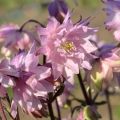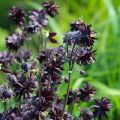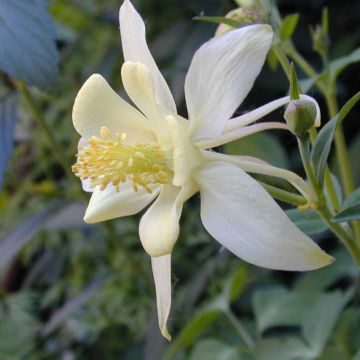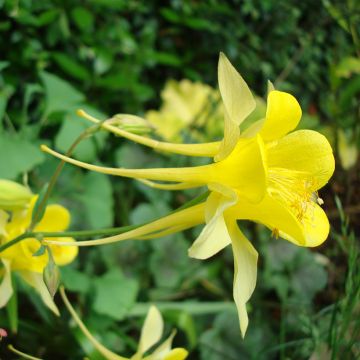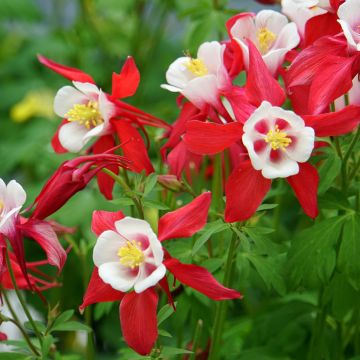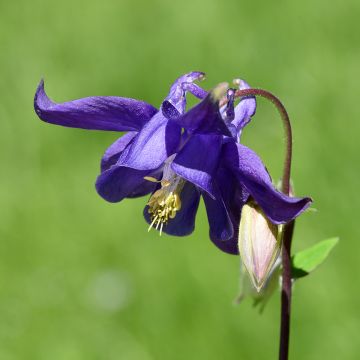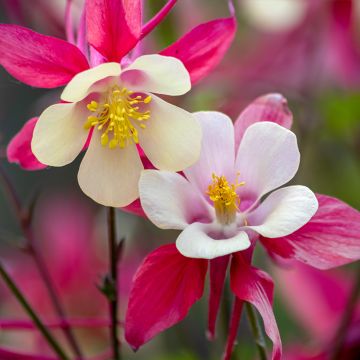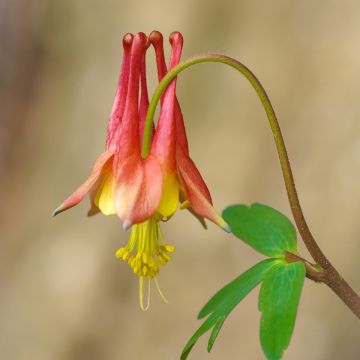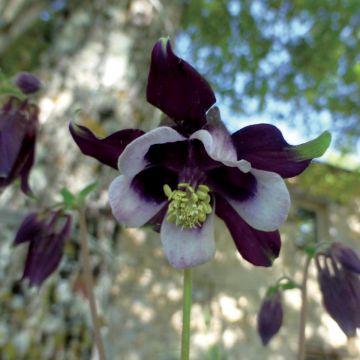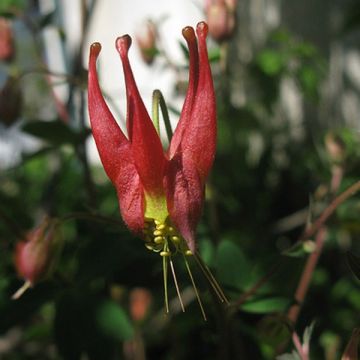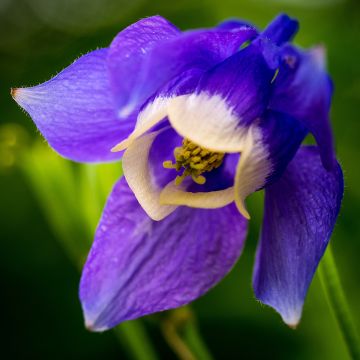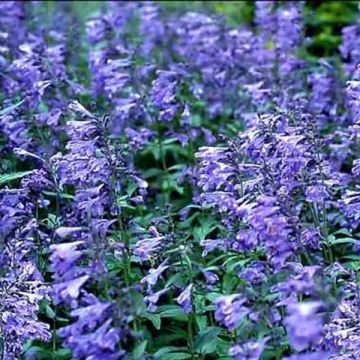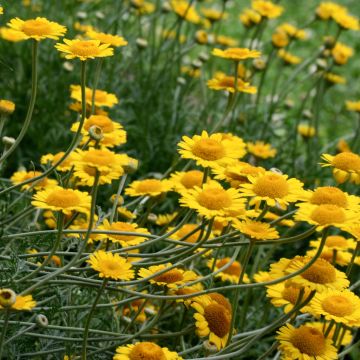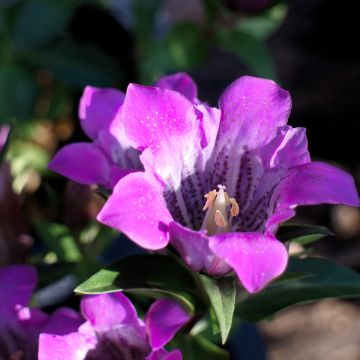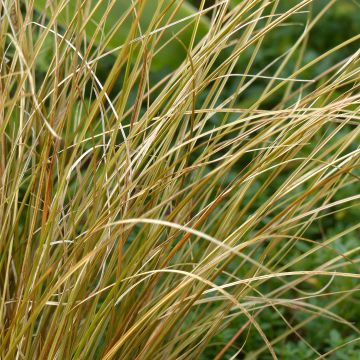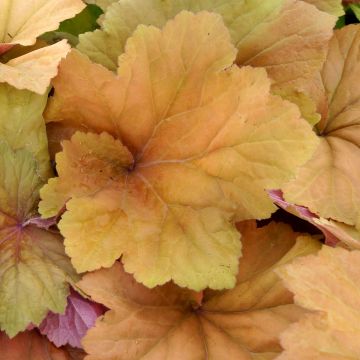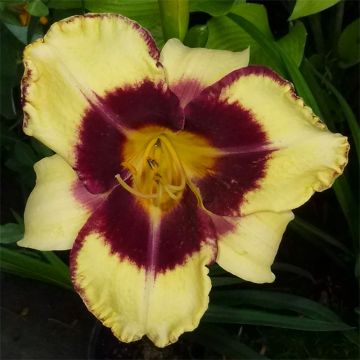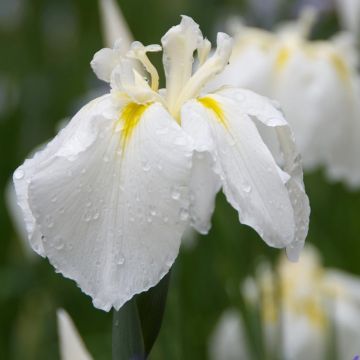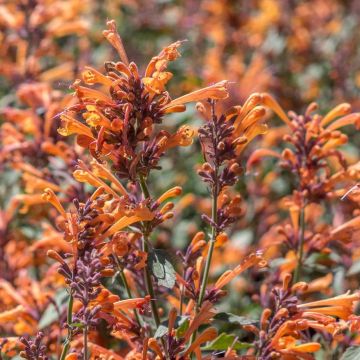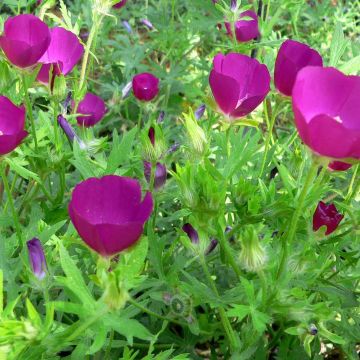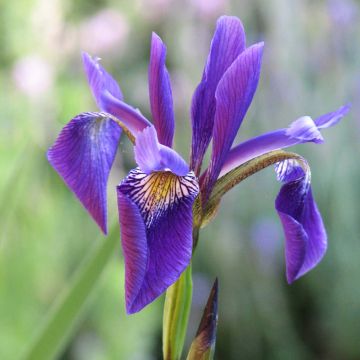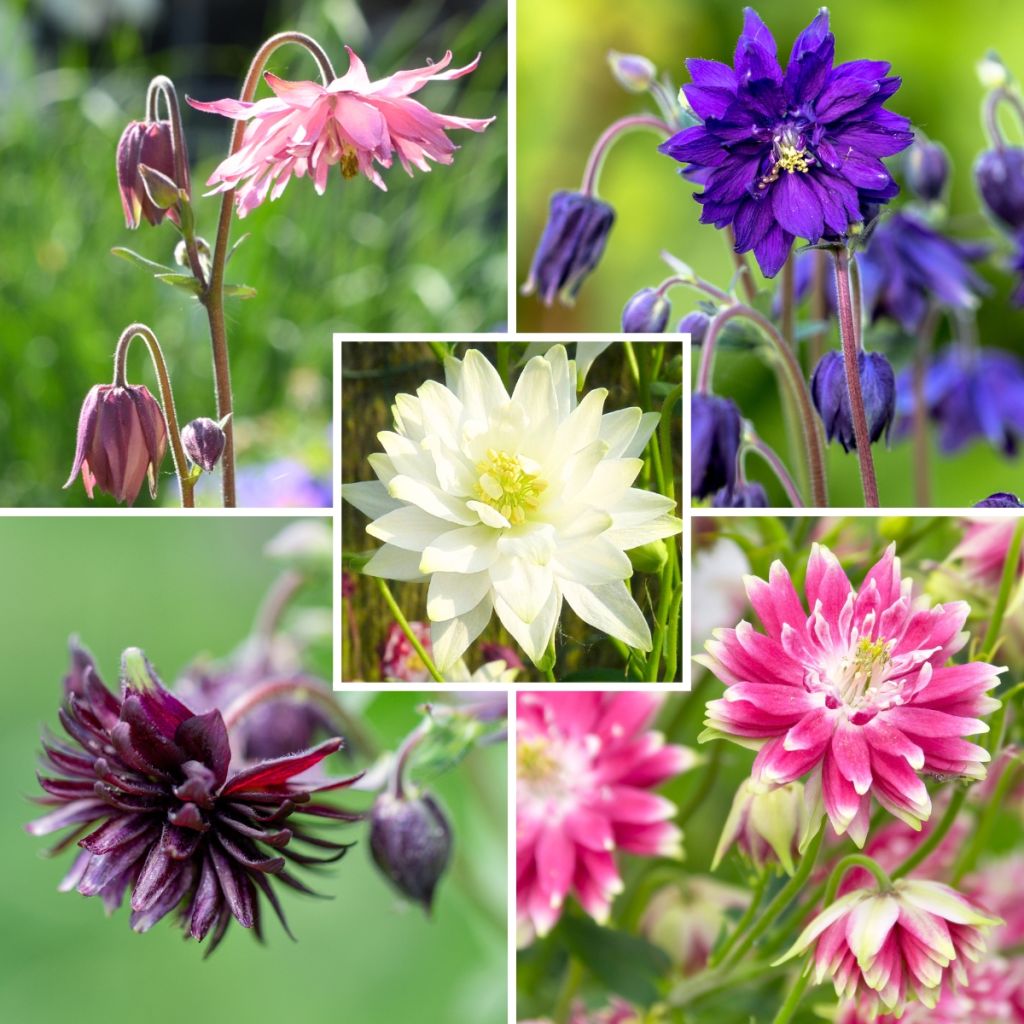

Barlow Double Aquilegia Collection
Barlow Double Aquilegia Collection
Aquilegia vulgaris var. stellata Nora Barlow, Black Barlow, Blue Barlow, White Barlow, Rose Barlow
European Columbine, Granny's Bonnet
This plant carries a 12 months recovery warranty
More information
We guarantee the quality of our plants for a full growing cycle, and will replace at our expense any plant that fails to recover under normal climatic and planting conditions.
From €5.90 for pickup delivery and €6.90 for home delivery
Express home delivery from €8.90.
Does this plant fit my garden?
Set up your Plantfit profile →
Collection items (5 plants)
-
Aquilegia vulgaris var. stellata White Barlow - Columbine
Price per single item: €4.90Find out more -
Aquilegia vulgaris var. stellata Black Barlow - Columbine
Price per single item: €5.90Find out more
Description
The collection consists of:
- x 1 Aquilegia vulgaris 'Nora Barlow': flesh pink flowers with white tips
- x 1 Aquilegia vulgaris 'Black Barlow': very dark purple, almost black
- x 1 Aquilegia vulgaris 'Blue Barlow': deep violet blue
- x 1 Aquilegia vulgaris 'White Barlow': pure white with a small yellowish-green heart
- x 1 Aquilegia vulgaris 'Rose Barlow': light pink with purple buds
The 'Barlow' aquilegias are completely hardy perennial plants and do not mind the cold. They thrive best in partial shade or non-scorching sunlight, in soil rich in compost or humus that remains slightly moist in the summer. However, they have a short lifespan, often living between two and four years, sometimes five, rarely more. They compensate for this by self-seeding abundantly, but plants grown from seeds can be very different from their parent!
Essential in mixed borders, 'Barlow' columbines add a touch of charm. They can also be planted in many different areas of the garden, taking care to leave a 20 cm space around each plant: in the middle of a perennial flower bed, in a border, at the base of bushes, on the edge of a woodland. They will look magnificent when planted in groups to create a dense clump. In flower beds, in a 'cottage garden' style, they can be paired with all kinds of perennials, such as Foxgloves, Bleeding Hearts, Peach-leaved Bellflowers... Play with colours and textures by combining them with Bugbanes (Cimicifuga) and Rodgersias, for example. You can pick them when they are just starting to open for beautiful bouquets.
Report an error about the product description
Flowering
Foliage
Plant habit
Botanical data
Aquilegia
vulgaris var. stellata
Nora Barlow, Black Barlow, Blue Barlow, White Barlow, Rose Barlow
Ranunculaceae
European Columbine, Granny's Bonnet
Cultivar or hybrid
Other Aquilegia
Planting and care
The 'Barlow' Aquilegia is very hardy and prefers non-scorching sun or light shade. It thrives in ordinary soil, even limestone, as long as it is light, humus-rich, and slightly moist. Planting can be done in spring, from March to April, or in September. It is highly resistant to diseases but can sometimes be attacked by aphids and caterpillars. Watch out for attacks from snails and slugs on young plants. Columbines easily self-seed in the garden, so you can leave a few flower stalks to produce seeds. However, it is advisable to keep only the stems of the most vigorous plants, as this operation exhausts the plant and reduces its lifespan, which is rather short for a perennial, about 3 to 4 years. Plants from seed can be interesting, but not necessarily true to the parent.
Planting period
Intended location
Care
This item has not been reviewed yet - be the first to leave a review about it.
Summer flowering perennials
Haven't found what you were looking for?
Hardiness is the lowest winter temperature a plant can endure without suffering serious damage or even dying. However, hardiness is affected by location (a sheltered area, such as a patio), protection (winter cover) and soil type (hardiness is improved by well-drained soil).

Photo Sharing Terms & Conditions
In order to encourage gardeners to interact and share their experiences, Promesse de fleurs offers various media enabling content to be uploaded onto its Site - in particular via the ‘Photo sharing’ module.
The User agrees to refrain from:
- Posting any content that is illegal, prejudicial, insulting, racist, inciteful to hatred, revisionist, contrary to public decency, that infringes on privacy or on the privacy rights of third parties, in particular the publicity rights of persons and goods, intellectual property rights, or the right to privacy.
- Submitting content on behalf of a third party;
- Impersonate the identity of a third party and/or publish any personal information about a third party;
In general, the User undertakes to refrain from any unethical behaviour.
All Content (in particular text, comments, files, images, photos, videos, creative works, etc.), which may be subject to property or intellectual property rights, image or other private rights, shall remain the property of the User, subject to the limited rights granted by the terms of the licence granted by Promesse de fleurs as stated below. Users are at liberty to publish or not to publish such Content on the Site, notably via the ‘Photo Sharing’ facility, and accept that this Content shall be made public and freely accessible, notably on the Internet.
Users further acknowledge, undertake to have ,and guarantee that they hold all necessary rights and permissions to publish such material on the Site, in particular with regard to the legislation in force pertaining to any privacy, property, intellectual property, image, or contractual rights, or rights of any other nature. By publishing such Content on the Site, Users acknowledge accepting full liability as publishers of the Content within the meaning of the law, and grant Promesse de fleurs, free of charge, an inclusive, worldwide licence for the said Content for the entire duration of its publication, including all reproduction, representation, up/downloading, displaying, performing, transmission, and storage rights.
Users also grant permission for their name to be linked to the Content and accept that this link may not always be made available.
By engaging in posting material, Users consent to their Content becoming automatically accessible on the Internet, in particular on other sites and/or blogs and/or web pages of the Promesse de fleurs site, including in particular social pages and the Promesse de fleurs catalogue.
Users may secure the removal of entrusted content free of charge by issuing a simple request via our contact form.
The flowering period indicated on our website applies to countries and regions located in USDA zone 8 (France, the United Kingdom, Ireland, the Netherlands, etc.)
It will vary according to where you live:
- In zones 9 to 10 (Italy, Spain, Greece, etc.), flowering will occur about 2 to 4 weeks earlier.
- In zones 6 to 7 (Germany, Poland, Slovenia, and lower mountainous regions), flowering will be delayed by 2 to 3 weeks.
- In zone 5 (Central Europe, Scandinavia), blooming will be delayed by 3 to 5 weeks.
In temperate climates, pruning of spring-flowering shrubs (forsythia, spireas, etc.) should be done just after flowering.
Pruning of summer-flowering shrubs (Indian Lilac, Perovskia, etc.) can be done in winter or spring.
In cold regions as well as with frost-sensitive plants, avoid pruning too early when severe frosts may still occur.
The planting period indicated on our website applies to countries and regions located in USDA zone 8 (France, United Kingdom, Ireland, Netherlands).
It will vary according to where you live:
- In Mediterranean zones (Marseille, Madrid, Milan, etc.), autumn and winter are the best planting periods.
- In continental zones (Strasbourg, Munich, Vienna, etc.), delay planting by 2 to 3 weeks in spring and bring it forward by 2 to 4 weeks in autumn.
- In mountainous regions (the Alps, Pyrenees, Carpathians, etc.), it is best to plant in late spring (May-June) or late summer (August-September).
The harvesting period indicated on our website applies to countries and regions in USDA zone 8 (France, England, Ireland, the Netherlands).
In colder areas (Scandinavia, Poland, Austria...) fruit and vegetable harvests are likely to be delayed by 3-4 weeks.
In warmer areas (Italy, Spain, Greece, etc.), harvesting will probably take place earlier, depending on weather conditions.
The sowing periods indicated on our website apply to countries and regions within USDA Zone 8 (France, UK, Ireland, Netherlands).
In colder areas (Scandinavia, Poland, Austria...), delay any outdoor sowing by 3-4 weeks, or sow under glass.
In warmer climes (Italy, Spain, Greece, etc.), bring outdoor sowing forward by a few weeks.



































